-
KEY POLICIES
Samoa Agriculture Sector Plan 2016-2020: Volume 1
Agriculture remains a prominent part of Samoa’s development agenda – for improving rural livelihoods, ensuring food security and good nutrition, and its contribution to rural incomes. As an important economic sector agriculture provides outputs for the growth of the overall economy.
Samoa Agriculture Sector Plan 2016 - 2020: Volume 2
This implementation plan and monitoring framework supplements the governance, institutional and strategic frameworks laid out in ASP Volume 1. It is intended to guide MAF and its partner agencies in ASP program delivery, monitoring and evaluation and resource mobilization. It should be used in conjunction with the ASP Volume 1 document, which contains the background, rationale and description of the proposed strategic intervention areas.
This Summary provides an overview of the new Samoa Agriculture Sector Plan, including its relevance to various sector stakeholders, the Strategic Framework, indicative funding requirements, and key contacts.
Samoa Agriculture Sector Plan 2016-2020 - Summary
Aotelega o Fuafuaga Alualu Mamao Taufaatoaga 2016-2020 i Samoa
The Ministry of Agriculture and Fisheries Corporate Plan 2016 - 2020 was prepared based on the Agriculture Sector Plan 2016 – 2020, with a strong emphasis on a Sector Wide Approach (SWAp), to achieve its four broad End of Sector Plan Outcomes (ESPO), as stipulated in the Agriculture Sector Plan 2016 – 2020, and in support of the Strategy for the Development of Samoa (SDS) 2012 - 2016. Successful implementation of this plan will contribute to achieving the national vision of improved quality of life for all and to advancing Samoa’s attainment of the global Sustainable Development Goals (SOG’s).
Strategy for the Development of Samoa 2012-2016 [English version]
This document presents the key development strategies and priority sectors for the development of Samoa. The SDS takes a dedicated focus at strengthening economic resilience through increasing investment in the productive sectors of the economy. Dedicated interventions are directed at the agricultural sector to raise domestic production to meet food security needs and boost export capacity. Attention is also focussed on the manufacturing sector to add value to agricultural products for the export market as well as encouraging investments in import substitution businesses.
Taiala Mo Le Atinae O Samoa 2012-2016 [Samoan version]
“faatupulaia fua o faaeleeleaga mo se atina'e manuia”
The NESP articulates the overall vision and goal for the environment sector, and the higher level outcomes that it seeks to achieve. The NESP’s primary purpose is to define and articulate the key strategies for achieving the Environment Sector and SDS goal of ‘environmental sustainability and disaster risk reduction’. It is based on the findings of the State of Environment Report but is a forward looking and prescriptive document that sets out strategies and measures for addressing the key environmental issues facing Samoa.
The Samoa Tourism Sector Plan (STSP) establishes a framework for the development of tourism in Samoa for the five year period from 2014 – 2019. The Plan has been prepared to document clear priorities for tourism sector development and establish the stakeholder roles, mechanisms and resourcing requirements to support a sector based development approach. The Plan recognises the importance of linkages from farm to table, and identifies a number of actions to build supply chains for local producers and promote local cuisine.
The Agriculture Sector Plan 2011-2015, the first ever produced for the sector in Samoa, provides the key policy objectives and strategies to address the policy, legal and legislative as well as institutional capacity and coordination issues that affected the performance of the sector in the past years. The four subsectors of agriculture in the ASP are crops (inclusive of fruits and vegetables), fisheries, livestock and forestry.
This is superceded by the Agriculture Sector Plan 2016 - 2020 above.
Samoa Agriculture Sector Plan 2011-2015: Part 1
Volume I is the main Agriculture Sector Plan, including a sector analysis, identification of key issues, an outline of key policy objectives and strategies, and an implementation framework.
Samoa 2011-2015 Agriculture Sector Plan: Part 2
Volume II provides the working papers which were developed, revised and used as resource materials in the process of drafting the Agriculture Sector Plan 2011–2015.
Prior to developing the new Samoa ASP, a team of consultants conducted a review of the previous ASP at the end of it’s term. The purpose of this review was to - Evaluate the relevance of the ASP; Evaluate the implementation of the ASP; and Provide recommendations to MAF and the ASSC on future directions and priorities to guide the formulation of the new ASP 2016 - 2020 above.
-
LEGISLATION AND REGULATIONS
This Ordinance outlines the establishment of the Ministry of Agriculture and other provisions relating to fisheries and agriculture.
This Act regulates handling and dealing with food, food businesses, inspection and analysis of food, and the processing, labelling and promotion of food products. It also establishes the national Food and Nutrition Policy Committee.
An Act to regulate the collection, recording and analysis of statistical information for the purpose of dissemination of official statistics, including the agriculture census, and for related purposes.
An Act to establish in Samoa the University of the South Pacific School of Agriculture, Alafua, Samoa; to outline the function of the School, its authority, and the land on which it is situated.
This Act is to establish the Agriculture Store Corporation and to define its functions, powers and duties.
-
STATISTICS
This document provides an overview of key indicators describing the agriculture sector in Samoa. The indicators are collected for 15 Pacific islands and are regionally comparable.
This report outlines the results from the Samoa Agricultural Survey 2015, which was carried out by the Samoa Bureau of Statistics in collaboration with the Ministry of Agriculture and Fisheries. The purpose of the survey is to update the agriculture census information (conducted every 10 years) and provide some additional data on current agricultural conditions. The survey covered all crop, livestock and fisheries production activities undertaken by households and institutions.
The IdCA report provides an insight into the challenges in agricultural and rural statistics in Samoa and pinpoints the inputs, processes and outputs for bringing improvement in them. It also provides benchmark for monitoring and evaluation of the impact and outcomes of the support to be provided for improvement in agriculture and rural statistics.
The 2009 Census of Agriculture is the third such Census carried out in Samoa. The adoption of the Agriculture Sector Plan 2011-2015 recognized the critical importance of agriculture to the Samoan economy and of the central role it can play in achieving sustained economic growth, trade development and poverty reduction.
This census provides a wealth of information that can be used in formulating sound policies and strategic action in the development of this important sector.
-
USEFUL RESOURCES
The Situation and Outlook for Samoa Agriculture and Fisheries (SOSAF) 2015 is the Ministry of Agriculture and Fisheries document to present significant trends, issues and information covering the whole of the primary industry of Samoa - Crops, Livestock and Fisheries. This is the second attempt by the Ministry since 2004 to develop such a report, and its purpose is to assist industry stakeholders, policy makers and investors to make better decisions in developing Samoa’s primary industries.
Identifying the factors and food items most important to understanding nutrition in Samoa
This paper uses empirical methods to identify households most at risk of poor nutrition outcomes in Samoa, using microdata from the 2013 Household Income and Expenditure Survey (HIES). It aimed to identify the household and environmental factors contributing most to poor dietary outcomes, and the food items and quantities required for a nutritious diet, with the intention to assist policy-makers to design targeted interventions to improve the cost and level of access at which households can access an improved diet. The report discusses the policy implications of the findings, including possible interventions which could improve nutrition outcomes in Samoa.
Samoan Household Nutrition in Brief
This information brief provides a summary of the findings from the above report, including intake of calories, protein, iron, vitamin A and sodium, and food cost. It also outlines several options to help design policy interventions for effective improvement of dietary outcomes in Samoa.
A short document showcasing of a range of low-technology methods for vegetable farming, conducted as part of the Samoa Agriculture Show 2015.
This interim scoping study report covering Tonga and Samoa aims to overcome knowledge gaps in tourism-agriculture links and help clarify the relationship between the two industries in these countries. Over the last two years FAO has initiated a process to enhance “evidence based decision making” in the Pacific region and this study will contribute to this process. After a general introduction the report details findings of the country scoping, in Tonga and in Samoa, and concludes with a general overview of the potential areas to help enhance linkages.
This is the national questionnaire sheet completed by the Samoa Ministry of Agriculture during the development of the Pacific Agriculture/Forestry Sector Policy Inventory.
-
KEY POLICIES
This strategy is a comprehensive way to address critical factors that impact on the development of the Samoan fruit and vegetable sector. It identifies target markets and associated value chain issues that impede efficiency and growth. In order to reduce the gap in performance, prioritised response activities have been developed and categorized into seven objectives.
-
LEGISLATION AND REGULATIONS
Under Development
-
USEFUL RESOURCES
To support of the work of FAO in strengthening smallholder market linkages and sustainable value chain development in Samoa, this research sought to assess postharvest loss and food safety risk in selected fruit and vegetable supply chains in order to assist the development of practical recommendations to reduce loss. Seven specific supply chains were studied, and a range of recommendations made.
-
KEY POLICIES
Under Development
Vanuatu National Livestock Policy 2015 – 2030 "YUMI GO"
The livestock sector remains a major contributor to the cultural and socio-economical livelihood of Vanuatu. The importance placed on livestock means the sector must be guided by practical development roadmaps and backed by sound policies. The National Livestock Policy recognises the efforts of all stakeholders and sets the platform to guide the whole livestock sector develop in a coherent manner.
Noting current efforts the Policy also recognises the potential of the sector to become a major contributor to food security and the national economy and it encourages the sector to achieve its full potential possible in the fifteen years when the Policy is in force.
Vanuatu National Livestock Sector Policy Action Plan, Monitoring & Evaluation Framework 2015 – 2030 “YUMI GO”
The National Livestock Sector Policy Action Plan, Monitoring and Evaluation Framework is the implementation matrix for the National Livestock Policy. It highlights the issue and problems and how to go about addressing these in a systematic manner to get the desired outcomes.
Solomon Is. National Agriculture and Livestock Sector Policy 2015 - 2019
The Solomon Islands Agriculture and Livestock Sector Policy 2015-2019 is accommodative and a roadmap for MAL to execute its sustainable development programs effectively and efficiently for the next 5 years. The SIALSP 2015-2019 is aligned to the National Development Strategy (NDS) 2011-2020, the Democratic Coalition for Change Government (DCCG) policy statement 2014-2020, with reference to the MAL Corporate Plan 2015-2019, and various sub-sector policies in its revision.
Please note that the Policy is still in Draft.
-
LEGISLATION AND REGULATIONS
This Act outlines - licensing and standards for export slaughterhouses, packing houses and canneries; the appointment and powers meat inspectors; and the penalties for offences by licensees.
An ordinance that enacts control measures relating to animals, including impounding and control of animals, special rules relating to pigs, killing of trespassing or diseased animals, registration of livestock brands, protection of game, and stock improvement.
-
USEFUL RESOURCES
This paper highlights the technical constraints that exist in the importation of meat and meat products into American Samoa and outlines key initial steps, including funding of an animal disease survey, that would need to be undertaken to address them.
-
KEY POLICIES
This Aquaculture Management and Development Plan sets out a clear guide for the future expansion of the aquaculture sector in Samoa, and a comprehensive pathway for the Fisheries Division to ensure the long-term sustainability of the activity.
The Samoa Tuna Development and Management Plan 2011-2015 is the second 5-year plan formulated to direct the development of the tuna longline fishing industry and promotes a sustainable management of the tuna resources. The Plan presents strategies and plans of action to address issues of concerns such as constraints to sustainable development; viable management measures to ensure the stocks of the four main tuna species (albacore, yellowfin, bigeye and skipjack tuna) remain healthy; strengthening capacity and capability of local authorities such as Fisheries personnel; legislative review; and a mechanism to review the Plan when it becomes necessary.
Tonga Fisheries Sector Plan 2016-2024
The Tonga Fisheries Sector Plan (TFSP) is a framework for achieving the overall sector objective of ‘Increasing the sustainable shared benefits for the Kingdom from optimal use of its living marine resources’. It includes four components – Sustainable community fisheries; Profitable commercial fisheries and aquaculture; Public and private investment; Governance and capacity building – and outlines expected results, implementation arrangements and indicative costing.
Vanuatu Aquaculture Development Plan
The Vanuatu Aquaculture Development Plan is a five-year strategic plan that represents a significant step in outlining the aquaculture road map for Vanuatu for the near future. It highlights the main components, including research and development, extension, infrastructure, credit and finance facilities, and environmental management.
Vanuatu Aquarium Management Plan
This Plan applies first: to the managed fishery relating to the species of fish, invertebrates, corals (dead or live), giant clams and other related organisms known as marine aquarium products. Second, it applies to all activities under the definition of "fishing" as defined in the Fisheries Act, No. 55 of 2005, including netting, scuba diving, snorkelling, collecting, using cages and traps, storage and handling of caught fish, and transporting live aquarium species.
Vanuatu National Coconut Crab Fishery Management Plan
Coconut crabs were once plentiful throughout much of the tropical Indo-Pacific region, but over-harvesting has resulted in only a few countries now having exploitable stocks. This Management Plan is the outcome of research conducted over the past 20 years, as well as high level consultations undertaken with relevant local communities and stakeholders, for the sustainable management of coconut crabs in Vanuatu.
Vanuatu International Fleet Management Policy
This policy will carry Vanuatu forward to meet the different regional and international fishing arrangements, agreements, treaties, conventions, and commissions to have a sound effective and efficient management of its offshore fisheries resources.
-
LEGISLATION AND REGULATIONS
This Ordinance outlines the establishment of the Ministry of Agriculture and other provisions relating to fisheries and agriculture.
-
USEFUL RESOURCES
Under Development
-
KEY POLICIES
Under Development
-
SUB SECTOR STRATEGIES
Under Development
-
LEGISLATION AND REGULATIONS
The regulation outlines requirements for the Administration, Registration, Licensing, Handling, Enforcement and Analysis of pesticides in Samoa.
A law relating to the importation of plant, animal and related products; inspection of incoming cargo; the control of pests and diseases of animals, plants and the wider environment; and other biosecurity powers.
An Ordinance to control and maintain the standard of primary produce exported from Samoa.
-
USEFUL RESOURCES
Under Development
-
Download Market Access technical reports produced by PHAMA
This report identifies the key questions that need to be answered to meet biosecurity requirements for export of fresh taro from Samoa to Australia, in the wake of the outbreak of taro leaf blight. The report is based on a review of relevant literature and other technical information, and includes an outline of research that would need to be conducted to address the biosecurity issues identified.
A technical report on the workshop held in Apia and Savai’i on Samoan Taro Export development issues and outcomes.
Technical report on export of taro to NZ, including the key demand and supply perspectives, issues, marketing strategies and limitations.
A technical paper written in the response to the 2011 Biosecurity Australia draft review of import conditions for Fresh Taro Corms, including Phytosanitary Procedures. PHAMA’s response outlines comments for consideration prior to finalisation of this review policy including, significantly, reconsideration of risk assessments and a full and rigorous pest and disease survey of the Australian taro industry.
This report, completed in 2011, outlines potential issues to be overcome in order to re-establish taro exports from Samoa to Australia and New Zealand following the taro leaf blight outbreak. It highlights a number of recommendations, including consideration of consumer preferences relating to the leaf blight-resistant ‘Niue’ cultivar.
The primary objective of this work was to compile a list of nematodes associated with taro in Samoa drawing upon results of pest surveys and relevant research undertaken in Samoa, and provide comment on the likely quarantine status as determined by New Zealand authorities. The report contains several recommendations towards streamlining the taro export pathway.
The purpose of this study was to determine if the economic benefits arising from obtaining market access for these products are likely to justify the cost involved. The study involved evaluating New Zealand market opportunities for the three products and Samoa’s ability to take advantage of these opportunities.
Foliage of Cordyline (ti) and Dracaena (lauti) was identified by the Samoa Market Access Working Group in November 2012 as a market access priority into New Zealand. This interim report covers the desk-based analysis that was done to review the existing export requirements and identification of any trials or surveys that may be required to enable market access.
This short term project was to investigate the quarantine status of pests found on Samoan banana exports to New Zealand and to determine what options were available to both manage them and retain the organic status of the product.
This report outlines details of the bee disease survey conducted in Samoa in July 2012 to help maintain existing market access into New Zealand.
This paper highlights the technical constraints that exist in the importation of meat and meat products into American Samoa and outlines key initial steps, including funding of an animal disease survey, that would need to be undertaken to address them.
This report covers an assessment undertaken on the facilities and procedures of Samoan copra processor Petroleum Product Services (PPS), with reference to the standards and procedures required to gain market access to Australia. Recommendations are made in regard to the physical changes and documentation development required to reach the required Australian standards.
Access to an accredited local service provider able to undertake a wide range of specified tests for major export commodities was identified by the Samoan Market Access Working Group (SMAWG) as a high priority. This report covers Stage 1 of a study into the capacity of the Scientific Research Organisation of Samoa (SROS) to undertake such tests. The study, conducted in 2012, makes recommendations for capacity building and system strengthening in a number of areas.
A report on capacity building training conducted with staff at the Scientific Research Organisation of Samoa (SROS) in 2013 relating to a range of quality and testing procedures, including Validation support for methods to gain ISO17025 accreditation; Support implementation of quality systems; Review of hardware/instrumentation; and Calibration and chemistry training. This training was intended to enhance SROS’s capability of delivering and further developing services to test and certify against food and quality standards.
-
SUB SECTOR STRATEGIES
Under Development
-
LEGISLATION AND REGULATIONS
Under Development
-
USEFUL RESOURCES
Under Development
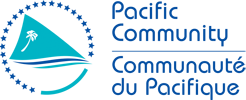



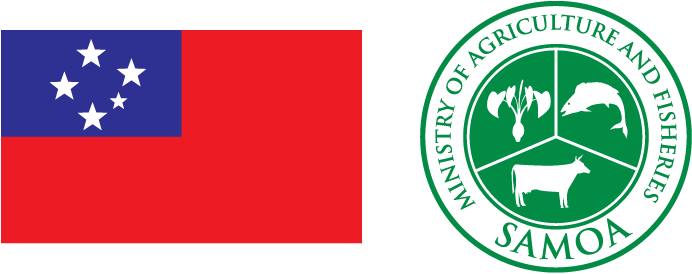
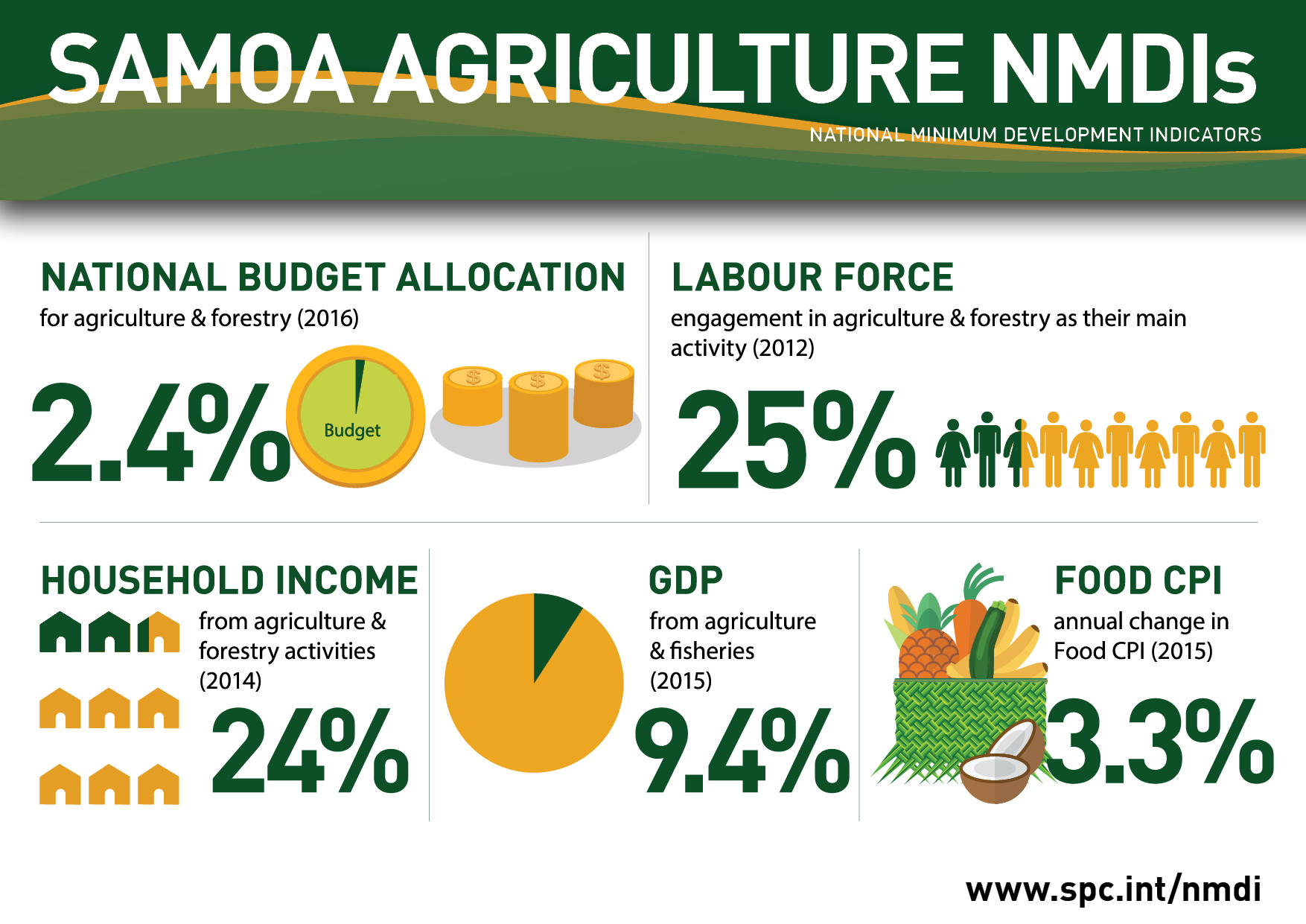
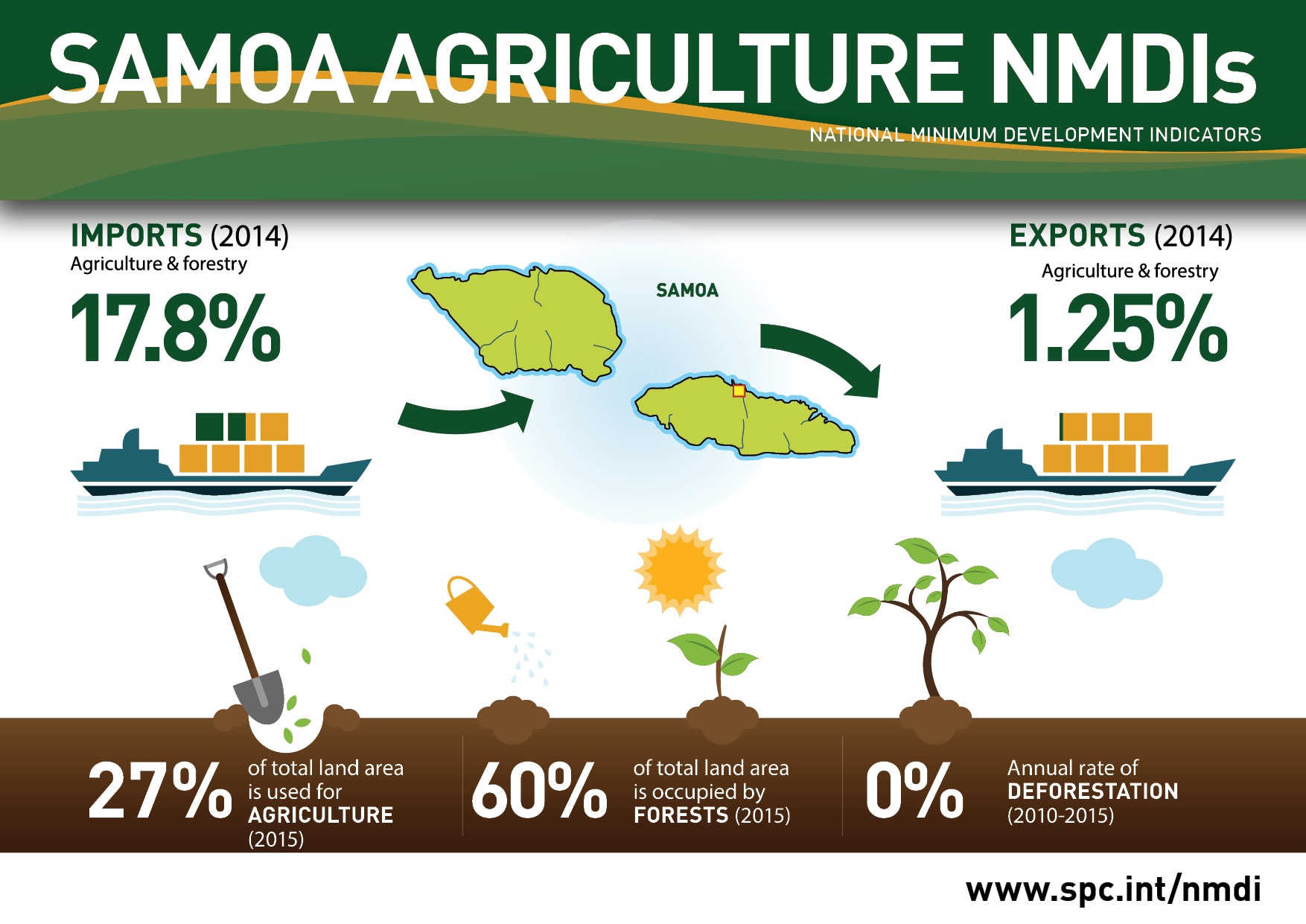
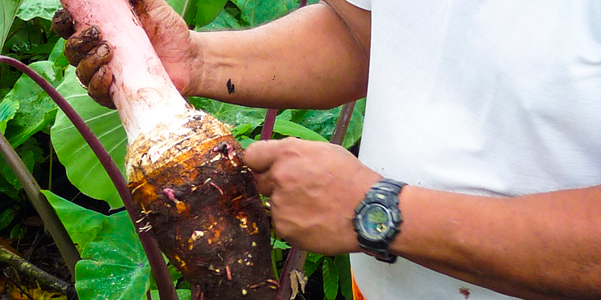
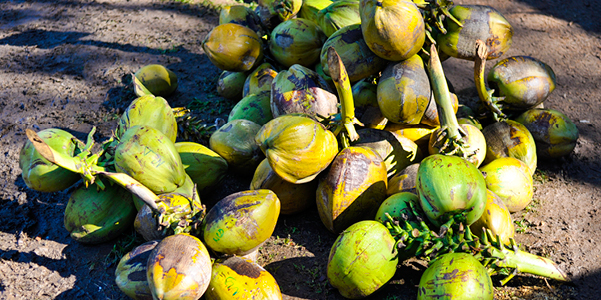
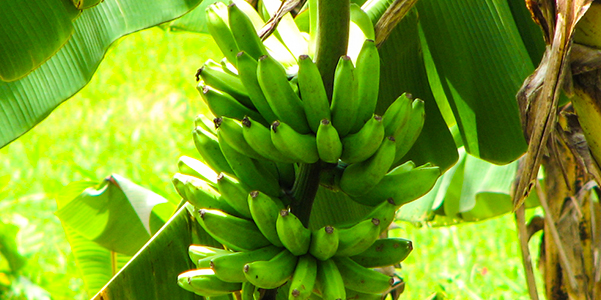
















CONNECT WITH US